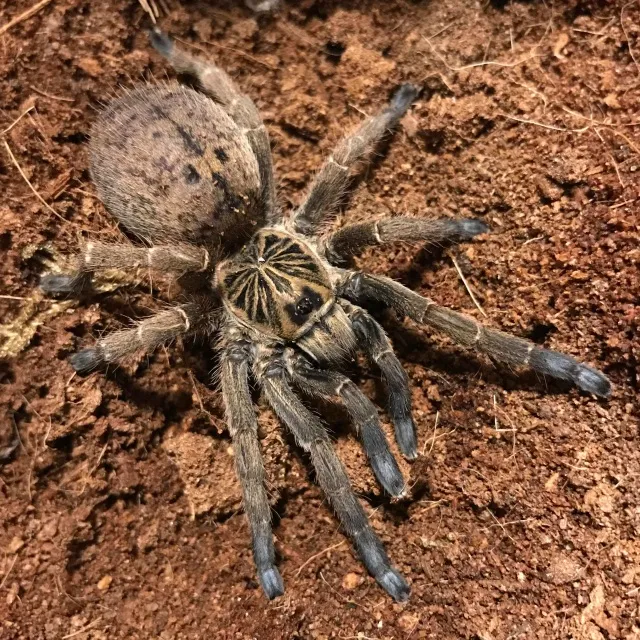Embarking on the journey of tarantula ownership can be an incredibly rewarding experience. These fascinating arachnids offer a unique opportunity to observe intricate behaviors and appreciate the beauty of the natural world, right in your home. However, before you buy a tarantula, it’s essential to understand the different species available, their specific needs, and the responsibilities that come with caring for them. This guide provides all the information needed to find the perfect tarantula for sale and ensure a happy, healthy life for your new pet. With the right knowledge, you can confidently navigate the world of tarantula ownership and create a thriving environment for your eight-legged friend.
Choosing Your Tarantula Breed
Selecting the right tarantula breed is the first, and perhaps most exciting, step. Different species possess varying temperaments, care requirements, and aesthetic appearances. Researching these differences will help you make an informed decision and choose a tarantula that aligns with your experience level and lifestyle. Some species are known for being more docile, making them better suited for beginners, while others are more reclusive or defensive. Take into account your own comfort level with handling, the amount of space you can provide, and your commitment to providing the specific care needed for each type of tarantula.
Popular Tarantula Species for Sale
Several tarantula species are popular choices for pet owners, owing to their manageable size, relatively calm temperament, and striking appearance. Some of the most common and readily available tarantulas for sale include the following. These species often adapt well to captivity and are known for their hardiness, making them a good entry point for new owners. Always research the specific needs of each breed to ensure that you can provide the correct environment.
Brazilian Black Tarantula
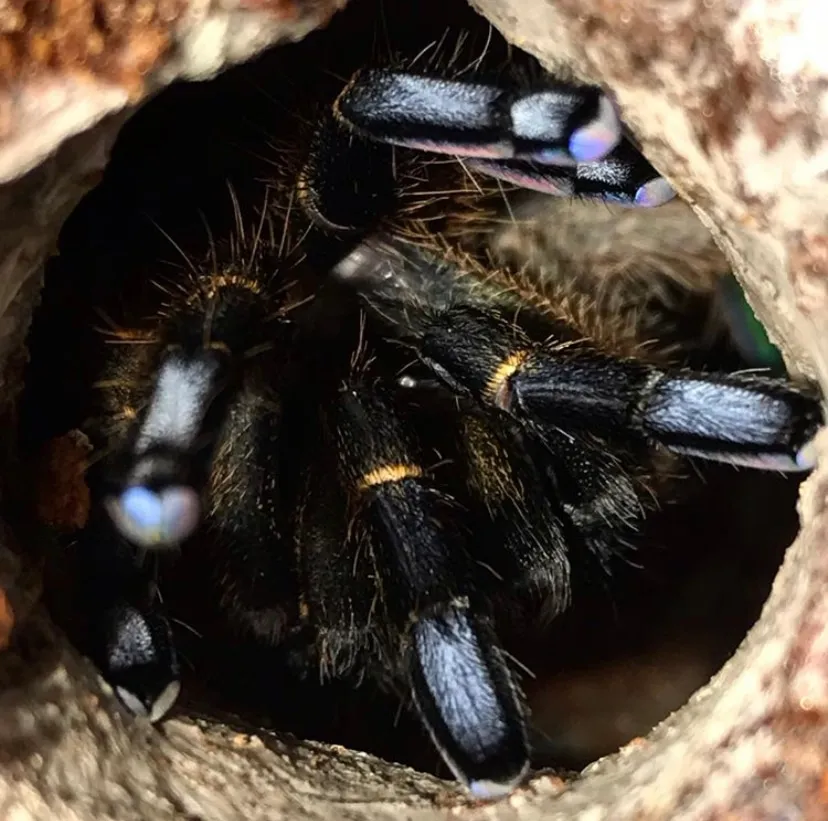
The Brazilian Black Tarantula (Grammostola pulchra) is a docile, slow-moving species known for its striking jet-black coloration. They are a terrestrial species, meaning they spend most of their time on the ground. They are relatively easy to care for and are a favorite among beginners. Their calm temperament makes them a good choice for those who might want to handle their tarantula, though it’s always important to handle any tarantula with care and respect. They require a moderate humidity level and a well-ventilated enclosure.
Mexican Red Knee Tarantula
The Mexican Red Knee Tarantula (Brachypelma hamorii) is one of the most iconic and recognizable tarantulas, famous for its vibrant red and orange markings on its leg joints. These terrestrial tarantulas are also relatively docile, though they can kick urticating hairs as a defense mechanism. They are a popular choice due to their beautiful appearance and relatively easy care requirements. They require a slightly drier environment than some other species, with a focus on maintaining a good humidity level. They also appreciate a deep substrate for burrowing.
Chaco Golden Knee Tarantula
The Chaco Golden Knee Tarantula (Grammostola pulchripes) is known for its golden coloration on its leg joints and its generally calm temperament. This terrestrial species is another excellent choice for beginners, as they are relatively hardy and easy to handle. They are known to be good eaters. They also have a long lifespan, making them a long-term companion. Like the Brazilian Black, they prefer moderate humidity and a spacious enclosure with plenty of substrate for burrowing. They can grow to a large size, so be prepared for a sizable pet.
Factors to Consider Before Buying
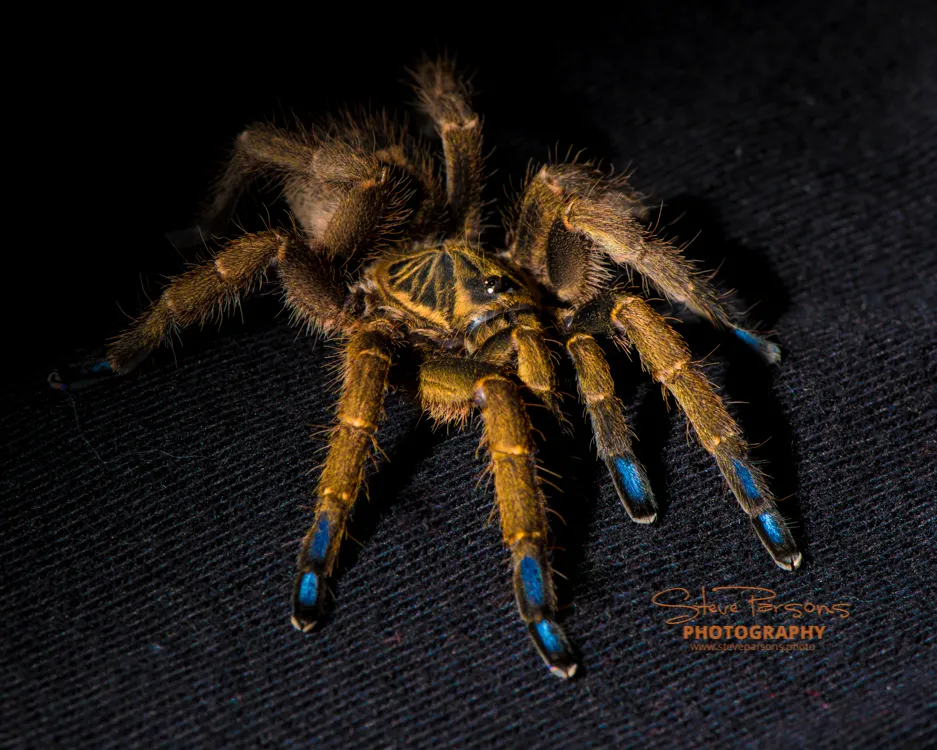
Before purchasing a tarantula for sale, several factors should be carefully considered to ensure you can provide the appropriate care and environment. Understanding the specific needs of your chosen species is paramount. This includes researching their preferred temperature, humidity levels, enclosure size, and dietary requirements. Additionally, assess your own ability to commit to the long-term care of a tarantula. Tarantulas can live for many years, and some species can live for decades. Consider the space available in your home for the enclosure, and ensure you have a reliable source of food, such as crickets or other insects, readily available. Always be prepared to handle unexpected issues, like molting or illnesses.
Temperament and Handling
Tarantula temperaments vary significantly between species. Some species are naturally more docile and less likely to bite or flick hairs, while others are more defensive. Before buying, learn about the temperament of the species you are interested in. If you plan to handle your tarantula, research its behavior and potential for aggression. It’s always crucial to handle tarantulas with extreme caution. Always handle over a soft surface in case the spider falls, and avoid sudden movements. Even docile species can become stressed, so handle them only when necessary. Most experienced keepers advise against frequent handling, as it can stress the tarantula. Always wash your hands before and after handling a tarantula, and never handle one if you have any open cuts or wounds.
Size and Growth Potential
Tarantulas come in various sizes, from small slings to large adults. The adult size of your chosen species will determine the necessary size of the enclosure. Research the expected size of the tarantula you’re considering. Keep in mind that tarantulas grow through molting, shedding their exoskeletons as they mature. Provide adequate space for growth; a too-small enclosure can hinder development. Different species have different growth rates. Some grow quickly, reaching adult size within a few years, while others grow more slowly, taking several years to mature. Understanding the growth rate of your chosen species will help you to prepare for its changing needs. The enclosure should be appropriately sized for each stage of development.
Lifespan and Care Requirements
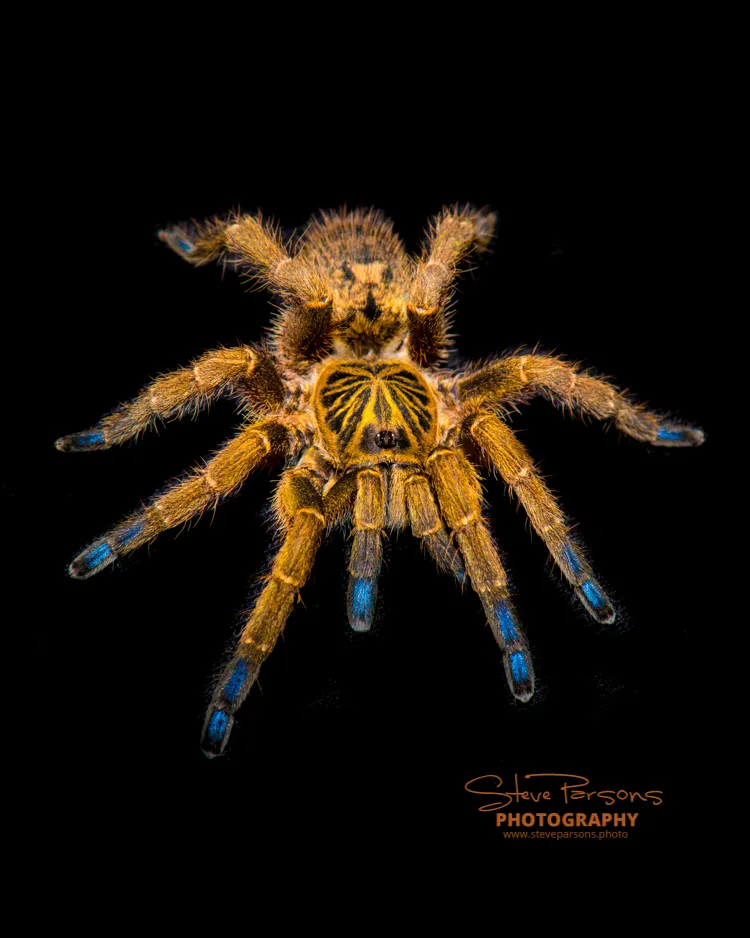
Tarantulas can live for many years, with some females living for over 20 years. Before you buy a tarantula, consider the long-term commitment involved in providing care for such a long-lived pet. Research the specific care requirements of your chosen species, including its dietary needs, enclosure setup, and environmental preferences. Make sure you are prepared to provide consistent care throughout the tarantula’s lifespan. This includes regular feeding, providing fresh water, maintaining the appropriate temperature and humidity, and cleaning the enclosure. Different species have different needs. Some require higher humidity, while others prefer drier conditions. Investigate the specific requirements of each species to ensure a comfortable and healthy life.
Where to Find Tarantulas for Sale
Several avenues exist for acquiring a tarantula for sale, each with its advantages and disadvantages. The choice of where to buy a tarantula significantly impacts the health and well-being of your new pet. Reputable sources provide information, support, and healthy animals, while less reputable ones may compromise quality and care. It’s important to do your research and choose a source that aligns with your needs and values. Always prioritize the health and welfare of the tarantula. Consider the source’s reputation, the species they offer, and the level of support they provide.
Reputable Breeders vs. Pet Stores
Reputable breeders often specialize in tarantulas and have extensive knowledge of the species they offer. They typically prioritize the health and well-being of their animals, providing detailed information about their care and origin. Buying directly from a breeder ensures you are getting a healthy tarantula and supporting ethical practices. Pet stores may offer tarantulas for sale, but their knowledge and expertise may vary. While pet stores can be convenient, be sure to assess the quality of care provided to the tarantulas, the cleanliness of their enclosures, and the knowledge of the staff. Ask questions about the tarantula’s origin, health, and care requirements.
Online Tarantula Sales
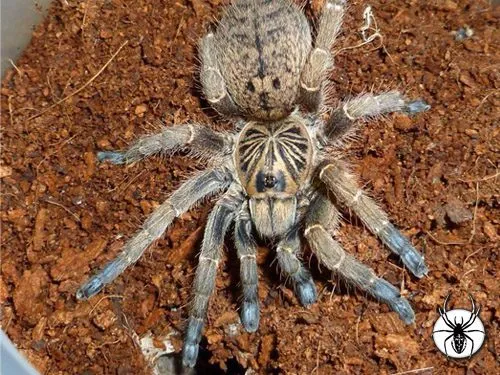
Online platforms offer a wide selection of tarantulas for sale, often with detailed descriptions and photos. Research the seller’s reputation, read reviews from other buyers, and ask questions before making a purchase. Ensure the seller provides proper shipping methods to minimize stress on the tarantula during transport. Look for sellers who offer guarantees about the health of the animal and are knowledgeable about the species they sell. Be aware of potential risks, such as delayed shipping or inadequate packaging, which can harm the tarantula. Prioritize sellers who are committed to the welfare of the animal, providing detailed information about the species, its origin, and how to care for it.
Essential Tarantula Care
Providing proper care is crucial for the health and longevity of your tarantula. This includes creating a suitable enclosure, maintaining the correct environmental conditions, and providing a proper diet. Consistent and appropriate care will ensure a happy and healthy tarantula, allowing you to enjoy its unique beauty and behavior for many years to come. Neglecting these aspects can lead to health problems, stress, and a shortened lifespan. By understanding the basic needs of your tarantula and implementing a regular care routine, you can create an environment where your pet can thrive.
Enclosure Setup and Substrate
The enclosure should be appropriately sized for the tarantula, allowing it to move and explore comfortably. Provide a secure lid to prevent escape. The substrate is the material at the bottom of the enclosure, which serves several purposes, including absorbing moisture, providing a place for the tarantula to burrow, and helping to maintain humidity. Appropriate substrate materials include peat moss, coconut fiber, or a mixture of both. The substrate should be deep enough to allow burrowing, especially for terrestrial species. A hide, such as a piece of cork bark or a hollow log, provides a secure place for the tarantula to retreat. Always maintain cleanliness to prevent the build-up of bacteria and the spread of mites. Ensure proper ventilation to prevent mold growth and maintain the overall health of the environment.
Feeding and Hydration
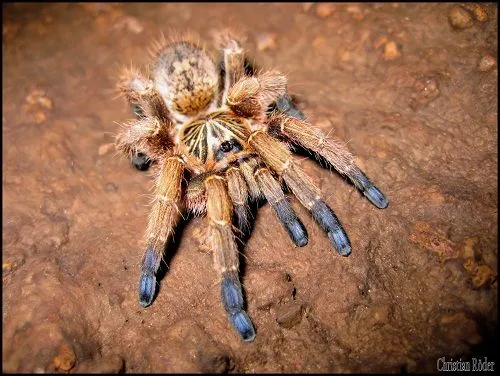
Tarantulas are carnivorous, primarily feeding on insects. The size of the prey should be appropriate for the size of the tarantula; generally, insects should be no larger than the tarantula’s abdomen. Commonly used food sources include crickets, mealworms, and roaches. Feed your tarantula regularly, usually once or twice a week for adults. Remove any uneaten food after 24 hours to prevent mold and bacterial growth. Provide a shallow water dish with fresh water at all times. The water should be shallow enough to prevent drowning. Water should always be available, especially during molting periods. Regular hydration is essential for all species of tarantulas.
Humidity and Temperature Control
Different tarantula species have different humidity and temperature requirements. Research the specific needs of your chosen species. Use a hygrometer to monitor humidity levels. Humidity can be maintained by misting the enclosure with water, especially for species that require higher humidity. Proper ventilation is crucial to prevent the build-up of excessive humidity and prevent mold growth. Maintain the appropriate temperature range using a heat lamp or heating pad, if necessary. Avoid placing the enclosure in direct sunlight. Ensure that the temperature is consistent. Monitor the temperature using a thermometer. Adjust the heat source accordingly.
Health and Common Issues
Tarantulas are generally hardy creatures, but they can still experience health issues. Being aware of common problems and knowing how to address them is essential for responsible tarantula ownership. Regular observation and monitoring are key to detecting and addressing any issues promptly. Provide a stress-free environment and maintain optimal conditions to promote good health. Research any health problems and symptoms of each species.
Molting is a natural process where tarantulas shed their exoskeletons to grow. During this time, the tarantula will typically become inactive and may refuse to eat. Do not disturb a tarantula during the molting process. Parasites, such as mites, can infest tarantulas and cause irritation. If you notice mites, isolate the tarantula and consult a veterinarian. Ensure that you maintain the correct humidity level and monitor for any health issues. Always consult with a veterinarian who specializes in exotic animals if you are concerned about your tarantula’s health.
In conclusion, finding a tarantula for sale is just the first step in a rewarding journey. By understanding the different species, their needs, and where to find them, you can ensure that you are prepared to provide the care necessary for your pet to thrive. Remember to research thoroughly, choose reputable sources, and always prioritize the health and welfare of your new eight-legged friend. With careful planning and dedicated care, you can enjoy the unique companionship and fascinating behaviors of a tarantula for many years to come.
